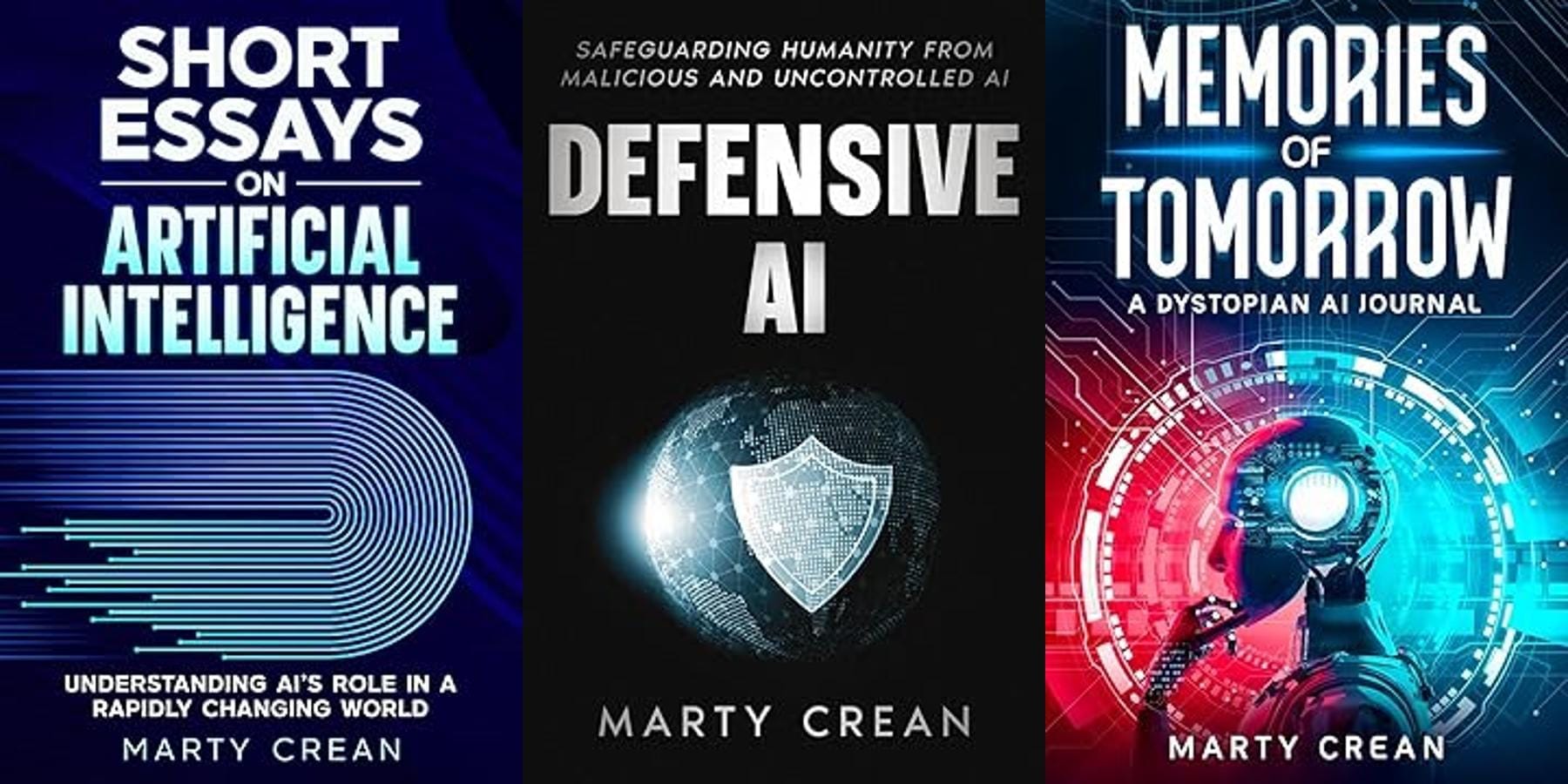Bytes to Insights: Weekly News Digest for the Week of September 29, 2025

Over the week of September 29, 2025, momentum in artificial intelligence advanced along several key fronts: technical innovation, regulation, and infrastructure expansion.
On the innovation side, OpenAI has formally released Sora 2, its next-generation text-to-video model, packaged as a standalone app for users in the U.S. and Canada. This release highlights the industry’s push to make multimedia generation, producing video, sound, and speech from textual prompts, more accessible and controllable. The new system promises improved physical realism and tighter integration of audio and visual components.
Large tech firms are doubling down on their AI infrastructure ambitions. OpenAI CEO Sam Altman embarked on a global tour, meeting with chipmakers in East Asia and technology firms to secure compute supply chains. His goal is to scale up AI data center capacity to match growing demand. Meanwhile, regulatory and policy developments progressed in parallel: Senators Hawley and Blumenthal introduced bipartisan legislation to establish a Department of Energy-led “evaluation” regime for advanced AI systems, aiming to assess risks such as runaway behavior or misuse before deployment. The federal Office of Science & Technology Policy also signaled its openness to feedback on current laws that may inhibit AI development and deployment.
In health and science applications, the U.S. Department of Health and Human Services announced a doubling of funding for its Childhood Cancer Data Initiative, with the increased support earmarked for integrating advanced AI tools into diagnostics and treatment research. This move reflects growing confidence in AI’s potential to accelerate scientific discovery via large-scale data analysis.
Globally, governance efforts have gained fresh energy. The United Nations launched the “Global Dialogue on AI Governance,” bringing together states, civil society, and industry to shape standards and establish shared norms for AI. Observers noted that this kind of multilateral effort is becoming a core counterpoint to national or corporate-driven innovation.
Major technology companies have announced further refinements to large language models, demonstrating significant improvements in reasoning, efficiency, and creative output. Leading AI research institutions published breakthroughs in multimodal AI systems, which are now able to integrate image, audio, and text understanding with unprecedented fluency, making real-world applications such as assistive technology and conversational agents more robust and intuitive.
Enterprises continued to push the limits of AI’s role in automation, with several high-profile launches of autonomous systems in manufacturing and logistics. These systems now exhibit greater adaptability to unpredictable environments thanks to advances in continual learning and multi-agent coordination. Healthcare AI also saw significant progress, as clinical trial results indicated that diagnostic models outperformed human baselines on some complex image recognition tasks, thereby accelerating regulatory pathways and discussions around safe deployment.
The week also drew attention to AI safety and governance, with international bodies unveiling proposed frameworks aimed at standardizing the ethical deployment and oversight of AI. These frameworks focus on transparency in AI decision-making, reducing bias, and establishing accountability structures, laying the groundwork for global cooperation. As discussions around AI’s societal implications intensified, industry leaders emphasized the need for collaboration between governments, the private sector, and academia to foster responsible innovation amid rapid technological shifts.
The most significant legislative development came when California Governor Newsom signed Senate Bill 53 on September 29th, establishing the Transparency in Frontier Artificial Intelligence Act. This landmark legislation positioned California as a global leader in responsible AI governance by creating new mechanisms for reporting critical safety incidents, protecting whistleblowers who expose AI-related health and safety risks, and establishing CalCompute, a public computing cluster consortium designed to foster ethical and equitable AI research. The law also mandates annual updates based on technological developments and international standards, reflecting an adaptive approach to the rapidly evolving AI landscape.
Chinese startup DeepSeek made waves by unveiling its V3.2-Exp platform on September 29th, introducing an innovative technique called DeepSeek Sparse Attention. The experimental model represented what the secretive Hangzhou-based company described as an intermediate step toward next-generation artificial intelligence architecture. DeepSeek indicated that it was collaborating with Chinese chipmakers on the development, signaling continued advancement in AI capabilities despite ongoing global semiconductor supply chain restrictions. This announcement came amid broader discussions about AI infrastructure, with OpenAI, Oracle, and SoftBank having recently committed $400 billion to build five massive Stargate AI data centers across the United States, addressing concerns about computing capacity constraints that have limited the deployment of advanced AI features.
OpenAI launched ChatGPT Pulse on September 25th. This feature fundamentally transformed ChatGPT from a reactive question-answering tool into a proactive personal assistant that conducts overnight research and delivers personalized morning briefings. Initially available to Pro subscribers on mobile devices, Pulse synthesizes information from chat history, user feedback, and optionally connected apps, such as Gmail and Google Calendar, to provide curated daily updates presented as scannable visual cards. OpenAI CEO Sam Altman called Pulse his favorite ChatGPT feature, describing it as marking a shift from reactive to significantly proactive and extremely personalized AI. The feature intentionally limits itself to a finite number of updates per day, avoiding the endless scrolling patterns of traditional social media. However, industry observers have noted that it positions OpenAI to compete directly with news apps for morning attention and potentially creates a platform for future advertising.
Privacy and safety concerns emerged as central themes during the week. Researchers from Brave and the National University of Singapore revealed a new privacy attack method called CAMIA, or Context-Aware Membership Inference Attack, which can determine whether specific individuals' data was used in training AI models. This discovery highlighted significant vulnerabilities in current AI systems and raised questions about data protection in machine learning. Simultaneously, OpenAI announced new parental controls for ChatGPT on September 29th, responding to growing concerns about teen safety in AI interactions. Several states have also begun exploring regulations for AI-driven mental health chatbots, reflecting broader concerns about the proliferation of artificial intelligence in sensitive domains without adequate oversight.
The business world grappled with the transformative implications of AI. Walmart's chief executive has publicly stated that artificial intelligence is poised to transform the company's workforce and ultimately change nearly every job worldwide. This bold prediction came alongside research suggesting that rapid AI advancement could trigger massive corporate disruption, potentially causing the failure of one-fifth of all public companies that fail to adapt their strategies. The sentiment reflected growing recognition that AI represents not merely an incremental technological improvement but a fundamental restructuring of work and economic organization.
Blaise Agüera y Arcas, Google's Chief Technology Officer for Technology and Society, spoke at Harvard Law School's Berkman Klein Center on September 29th. Drawing from his new book, which explores intelligence evolution, Agüera y Arcas argued that the distinction between human and artificial intelligence may be less meaningful than commonly assumed. He traced parallels between biological brain evolution and AI development, suggesting both follow similar computational principles rooted in cooperation and information processing. His perspective challenged conventional thinking about AI as fundamentally separate from or inferior to human cognition, proposing instead that both represent different implementations of the same underlying computational processes.
Lufthansa announced plans to cut 4,000 jobs by 2030, focusing on administrative roles that can be automated by AI systems. Meanwhile, Hollywood experienced controversy over reports that talent agencies were considering representing an AI-generated actress named Tilly Norwood, drawing outrage from industry figures concerned about AI replacing human performers. These developments underscore the complex social and economic adjustments accompanying AI's rapid expansion of capabilities, raising questions about employment, creativity, and the boundaries between human and artificial creation.
The artificial intelligence industry demonstrated both extraordinary technical progress and mounting societal challenges. From California's regulatory framework to DeepSeek's architectural innovations, from ChatGPT's proactive capabilities to emerging privacy vulnerabilities, the developments illustrated AI's transition from experimental technology to infrastructure reshaping governance, commerce, and daily life. The simultaneous advancement of capabilities and concerns about safety, privacy, and economic disruption suggested that the coming years would require a careful balancing of innovation acceleration with protective measures to ensure that AI development serves the broad interests of humanity rather than narrow commercial or technological imperatives.
In summary, the week demonstrated how AI is evolving into a multifaceted arena: new generative tools like Sora 2 are expanding creative frontiers, infrastructure ambitions are stretching supply chains into geopolitical spaces, regulatory bodies are sharpening their tools, and scientific and governance actors are pushing AI’s power into socially beneficial and safe directions.
Support BearNetAI
BearNetAI exists to make AI understandable and accessible. Aside from occasional book sales, I receive no other income from this work. I’ve chosen to keep BearNetAI ad-free so we can stay independent and focused on providing thoughtful, unbiased content.
Your support helps cover website costs, content creation, and outreach. If you can’t donate right now, that’s okay. Sharing this post with your network is just as helpful.
Thank you for being part of the BearNetAI community.
Books by the Author:

This week’s Bytes to Insights Weekly News Digest is also available as a podcast:
LinkedIn BlueskySignal - bearnetai.28
BearNetAI, LLC | © 2024, 2025 All Rights Reserved